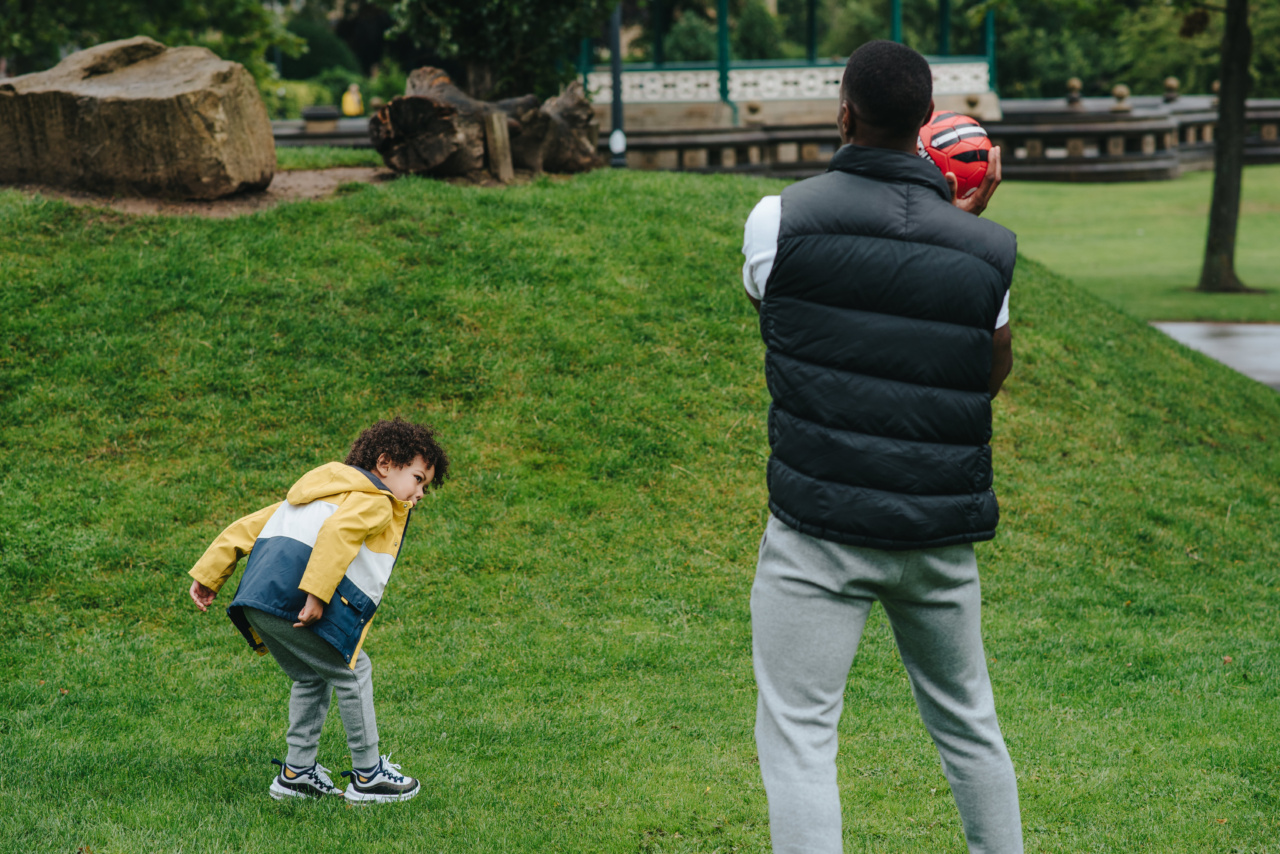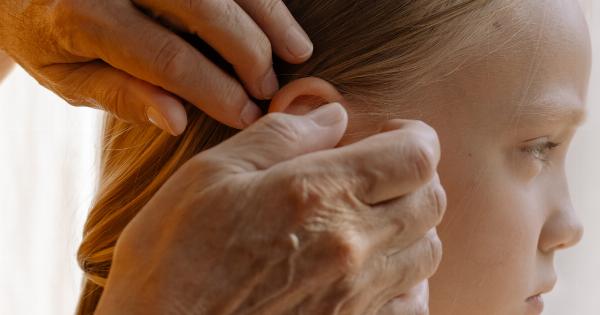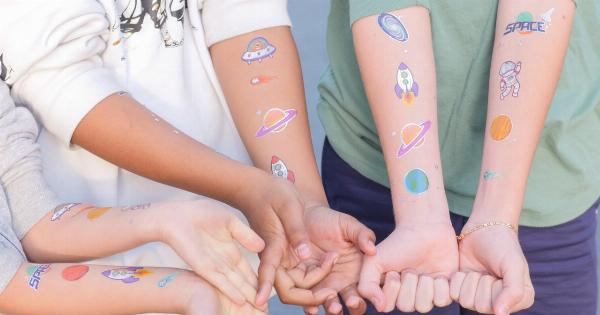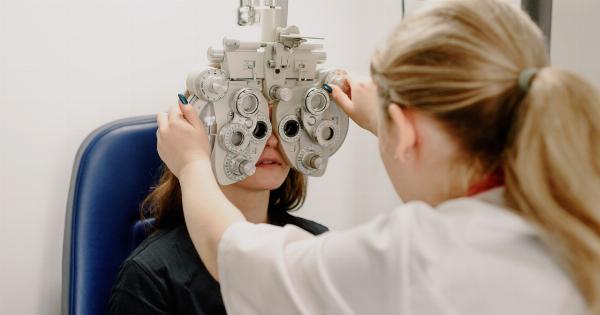Childish glaucoma, also known as pediatric glaucoma, is a rare eye disease that affects children. It is a serious condition that can cause vision loss, and in severe cases, blindness.
It is important for parents to understand this condition and its symptoms to be able to provide timely help to their children.
What is Childish Glaucoma?
Childish glaucoma is a condition where there is an increase in intraocular pressure (IOP) in the eye due to a problem with the drainage of fluid.
In a normal eye, there is a balance between the production and drainage of fluid in the eye, which helps maintain normal IOP. However, in cases of childish glaucoma, the drainage of fluid from the eye is blocked, leading to a buildup of fluid and increased IOP.
This increased pressure can damage the optic nerve, which carries visual information from the eye to the brain, and cause vision loss.
Symptoms of Childish Glaucoma
Childish glaucoma can be difficult to diagnose in children, as they may not be able to express their symptoms effectively. However, there are some signs that parents should look out for.
Young children may have enlarged and cloudy eyes, sensitivity to light, and excessive tearing. In older children, symptoms may include redness, a decrease in vision, and complaints of eye pain and headaches.
Causes of Childish Glaucoma
Childish glaucoma can occur due to a range of underlying conditions that affect the drainage of fluid from the eye.
These conditions may be due to a structural abnormality in the eye, genetic factors, or conditions such as Sturge-Weber syndrome or neurofibromatosis. In some cases, exposure to certain medications in utero may also lead to the development of childish glaucoma.
Diagnosing Childish Glaucoma
If parents suspect that their child may have childish glaucoma, they should take them to an eye doctor immediately. The doctor will perform a comprehensive eye exam to check for signs of increased IOP and damage to the optic nerve.
They may also order imaging tests such as an ultrasound or MRI to evaluate the structure of the eye, and a test called a gonioscopy to evaluate the drainage angle of the eye.
Treatment of Childish Glaucoma
Treating childish glaucoma involves managing the increased IOP to prevent damage to the optic nerve and preserve vision.
The treatment options vary depending on the severity of the disease, and may include medications to lower IOP, surgery to improve drainage of fluid from the eye, or a combination of these approaches. In some cases, the condition may be managed through regular monitoring and lifestyle modifications such as avoiding certain medications that can raise IOP and practicing good eye hygiene.
Preventing Childish Glaucoma
There are no specific measures that can be taken to completely prevent childish glaucoma, as the condition may be due to underlying genetic or structural factors.
However, parents can take steps to ensure that their child receives regular eye exams to detect any potential problems early. They should also be aware of any family history of eye disease or conditions that may be associated with childish glaucoma, and inform their child’s doctor.
Caring for a Child with Childish Glaucoma
If a child has been diagnosed with childish glaucoma, parents should follow the doctor’s recommendations for treatment and monitoring closely.
They should ensure that their child receives all medications as prescribed and attend all follow-up appointments. It is also important to provide emotional support and reassurance to the child, as they may be anxious or worried about their condition.
Conclusion
Childish glaucoma is a serious eye disease that can cause vision loss in children.
Parents should be aware of the symptoms and risk factors for this condition, and ensure that their child receives regular eye exams to detect any potential problems early. If a child is diagnosed with childish glaucoma, it is important to follow the doctor’s recommendations for treatment and monitoring closely, and provide emotional support and reassurance to the child.




























